Everything About The Xiaomi SU7 EV: Specs, Range, And Price

Xiaomi has made a name for itself by providing smartphones and gadgets at an affordable price compared to the competition. However, as the world moves towards an electric future, the company has decided to dip its toes in the EV space by unveiling two cars: the Xiaomi SU7 EV and the SU7 EV Max. Here is everything you need to know about them.
Xiaomi SU7: Design
Xiaomi’s foray into the electric world looks to be a blend of different cars. While the front headlights resemble those of a McLaren, the overall shape and rear design draw inspiration from the Porsche Taycan. In terms of dimensions, the SU7 EV measures 4,997 mm in length, 1,963 mm in width, and 1,455 mm in height, placing it in a similar size bracket as the Tesla Model S.

However, what truly sets the Xiaomi EV apart is its exceptional wind resistance rating of Cd 0.195, the lowest among any production car. To put things into perspective, wind resistance rating directly impacts a car’s aerodynamics: the lower the figure, the better the car’s performance in terms of both range and speed.

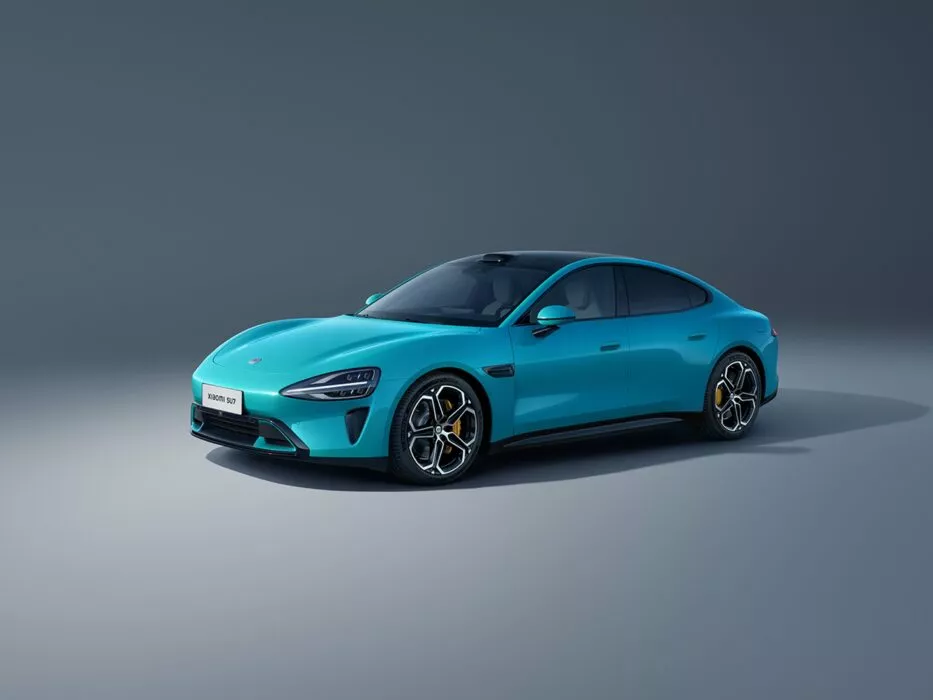
Coming to the storage capacity, both variants offer 517 liters of space in the trunk and an additional 105 liters in the frunk.
Xiaomi SU7: Performance
As Xiaomi aims to dethrone companies like Tesla, performance and range were the main considerations. The standard rear-wheel-drive SU7 EV, weighing approximately 2 tons, boasts 299 horsepower and 400 Nm of torque. This translates to a 0-100 km/h time of 5.28 seconds and a top speed of 210 km/h.
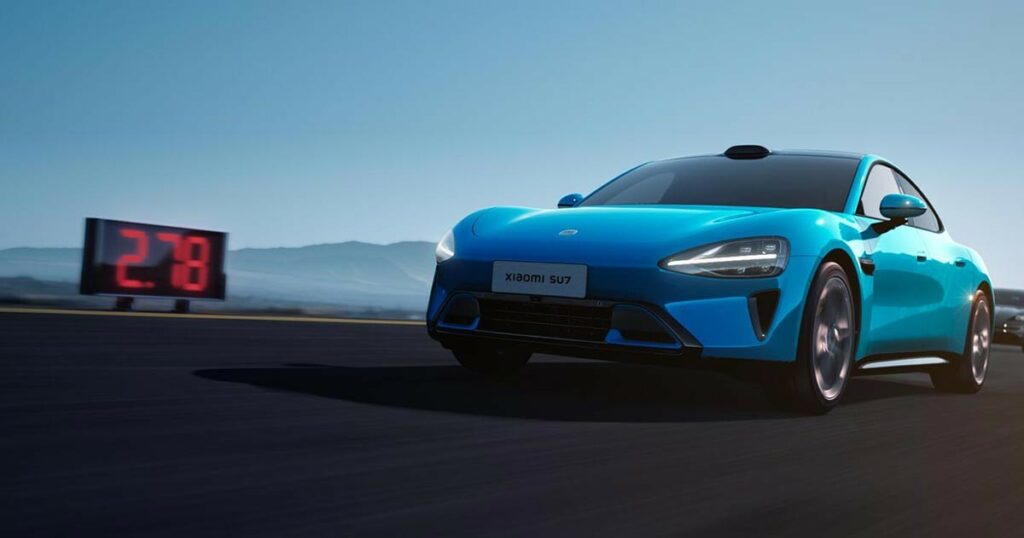
On the other hand, the SU7 EV Max, weighing around 2.2 tons, delivers an impressive 673 horsepower and 838 Nm of torque. This results in a 0-100 km/h time of 2.8 seconds, surpassing the acceleration of both the Porsche Taycan and the Tesla Model S. Furthermore, the car boasts a top speed of 265 km/h.
Range
Perhaps the biggest talking about Xiaomi’s event was the range. This is because the company claims that the standard SU7 EV, equipped with a 73.6 kWh battery, achieves a CLTC range of 600 km, while its max version, housing a 101 kWh battery, promises an impressive 800 km.
While these numbers are astounding, it is important to note that the China Light-Duty Vehicle Test Cycle (CLTC) is a simplified assessment compared to the comprehensive WLTP tests, which evaluate an EV’s range across diverse conditions and parameters. As a result, to equate the CLTC range to WLTP, users can simply multiply it by 0.82. By this measure, the regular SU7 EV would offer approximately 492 km of range, while the max variant could reach 656 km.
Charging
Unlike ICE vehicles, charging EVs can be a bit of a headache since users first need to find an appropriate charger and then wait for 30-40 minutes while the car charges. However, Xiaomi claims remarkable figures in this department: the SU7 EV Max reportedly achieves a 220 km range with just 5 minutes of charging. Moreover, a 15-minute charge can extend the range by about 500 km, positioning it as one of the fastest-charging vehicles on the market.

Interiors
As with every EV, Xiaomi’s SU7 features a big 16.1-inch 3K center screen, running the company’s proprietary HyperOS, which could be an enticing feature for Xiaomi phone users. Inside, the car boasts heated and ventilated front seats, along with a panoramic glass sunroof, all while maintaining a minimalist design.
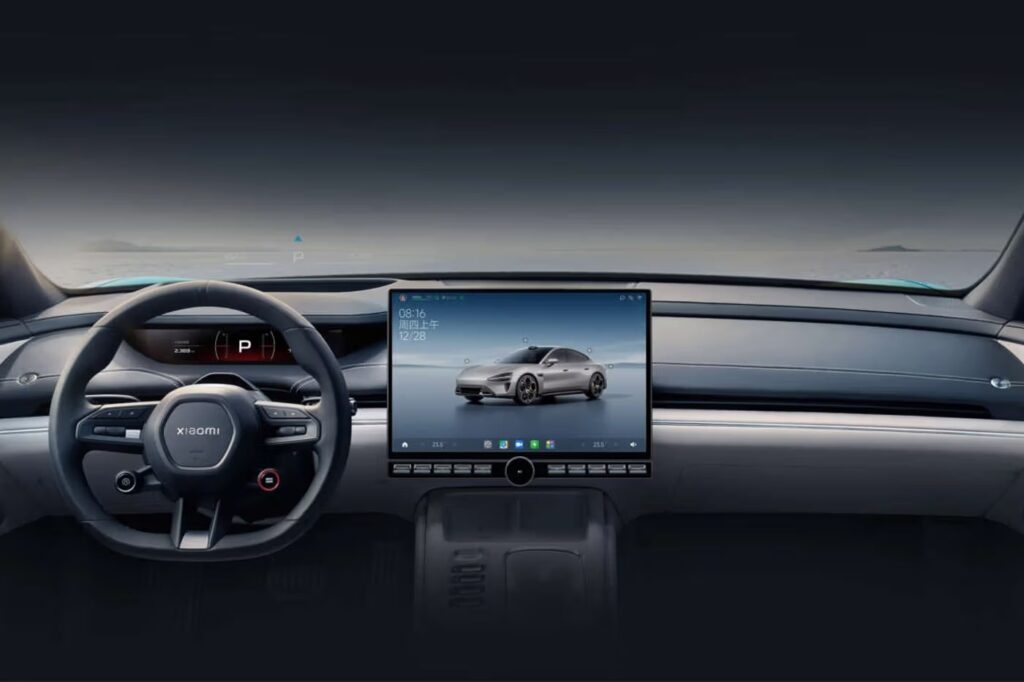
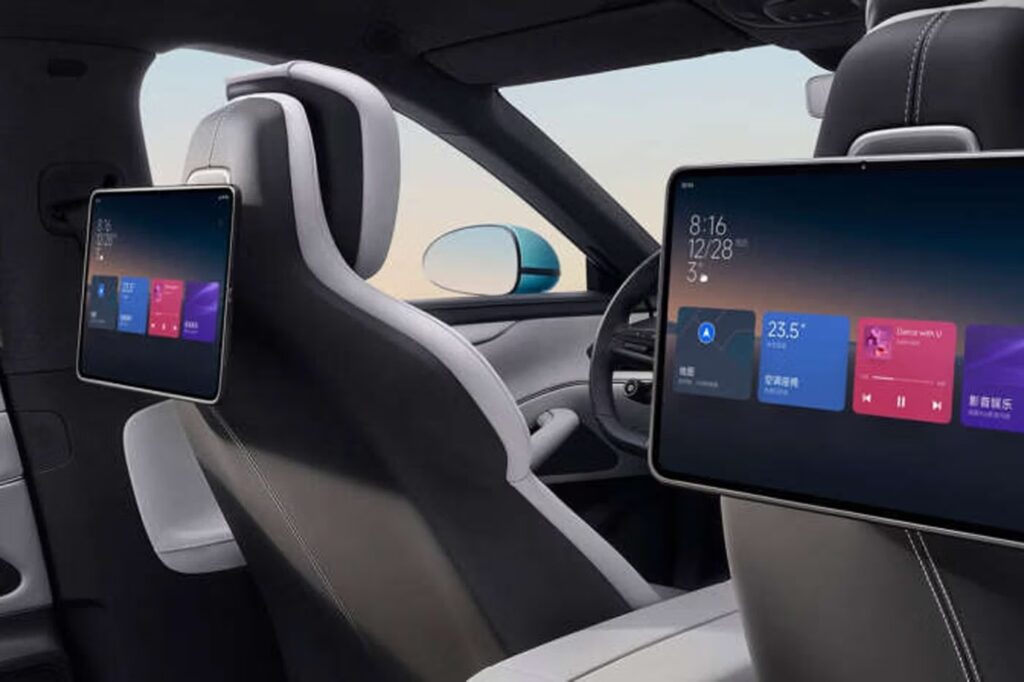
Autopilot
Self-driving capabilities were another major talking point, with Xiaomi highlighting that the SU7 EV can navigate the busy streets of China, functioning in both standard conditions and snowy weather. Additionally, a demo video showcased the car’s ability to self-park in confined spaces. However, the accuracy of these claims will only be tested once the car is available to the public.
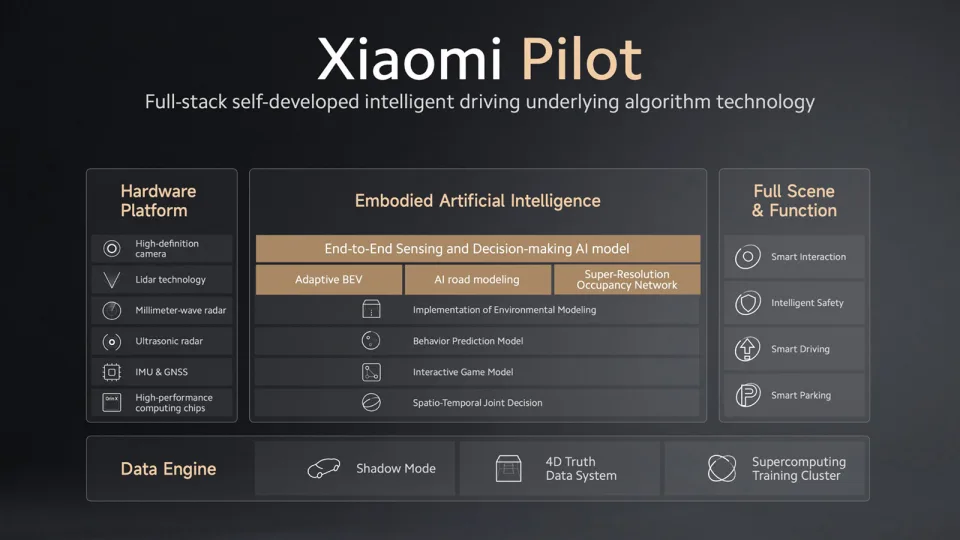
How much will the Xiaomi SU7 EV cost?
While official pricing and availability outside of China remain uncertain, recent reports speculate that the standard variant might cost around 400,000 RMB or $60,000. In comparison, the Tesla Model S starts from $74,000, while the Porsche Taycan sits at $90,000.






